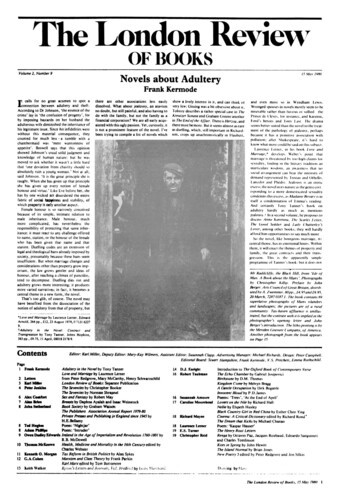Rebecca, take off your gown
Adam Phillips, 8 May 1986
‘What have I in common with Jews?’ Kafka asked in his diary in 1913: ‘I have almost nothing in common with myself.’ By 1945 European Jews had a catastrophic history in common. ‘Jews are people who are not what anti-semites say they are,’ Philip Roth once wrote, but it is Gilman’s contention in this book that the Jews have tried to become indistinguishable from their enemies: that in the process of assimilation they have had to internalise the anti-semitism of their host nations. Since the Middle Ages the Jews of Central Europe, in order to survive, have had to recognise an unacceptable Jew within – and disown him. What this has in practice entailed is that most virulent, because most contradictory, form of anti-semitism, Jewish anti-semitism. Gilman describes this as the inevitable double-bind of the outsider: the only acceptable Jew is the non-Jew. In his view, ‘the ubiquitousness of self-hatred … has shaped the self-awareness of those treated as different perhaps more than they themselves have been aware.’ He does not make the unacceptably glib point that the Jews simply colluded in their own destruction, but he does make it plain that a lot of powerful anti-semitic polemic had been written by Jews as well as non-Jews before the Nazis. There was, as it were, a great tradition of Jewish anti-semitism.’


